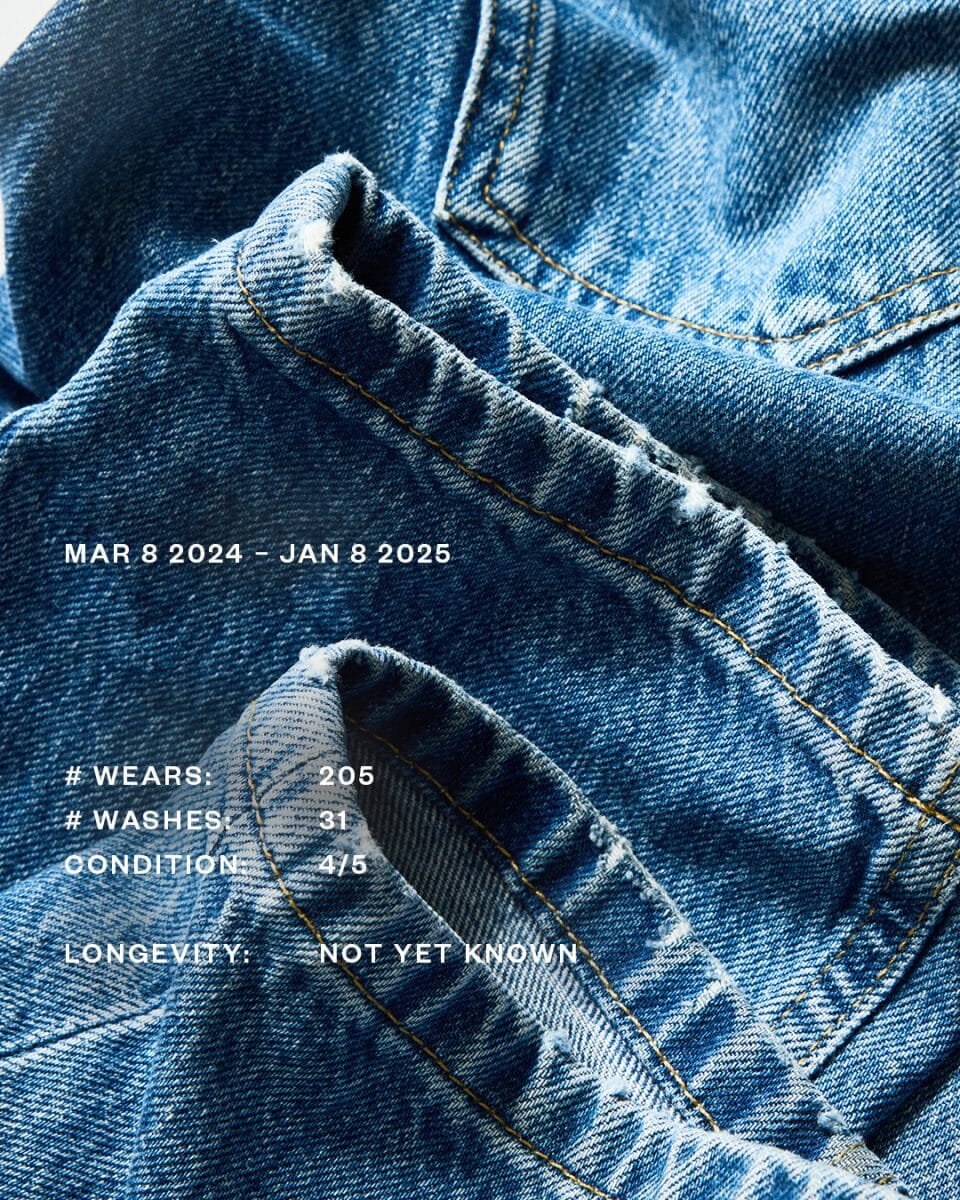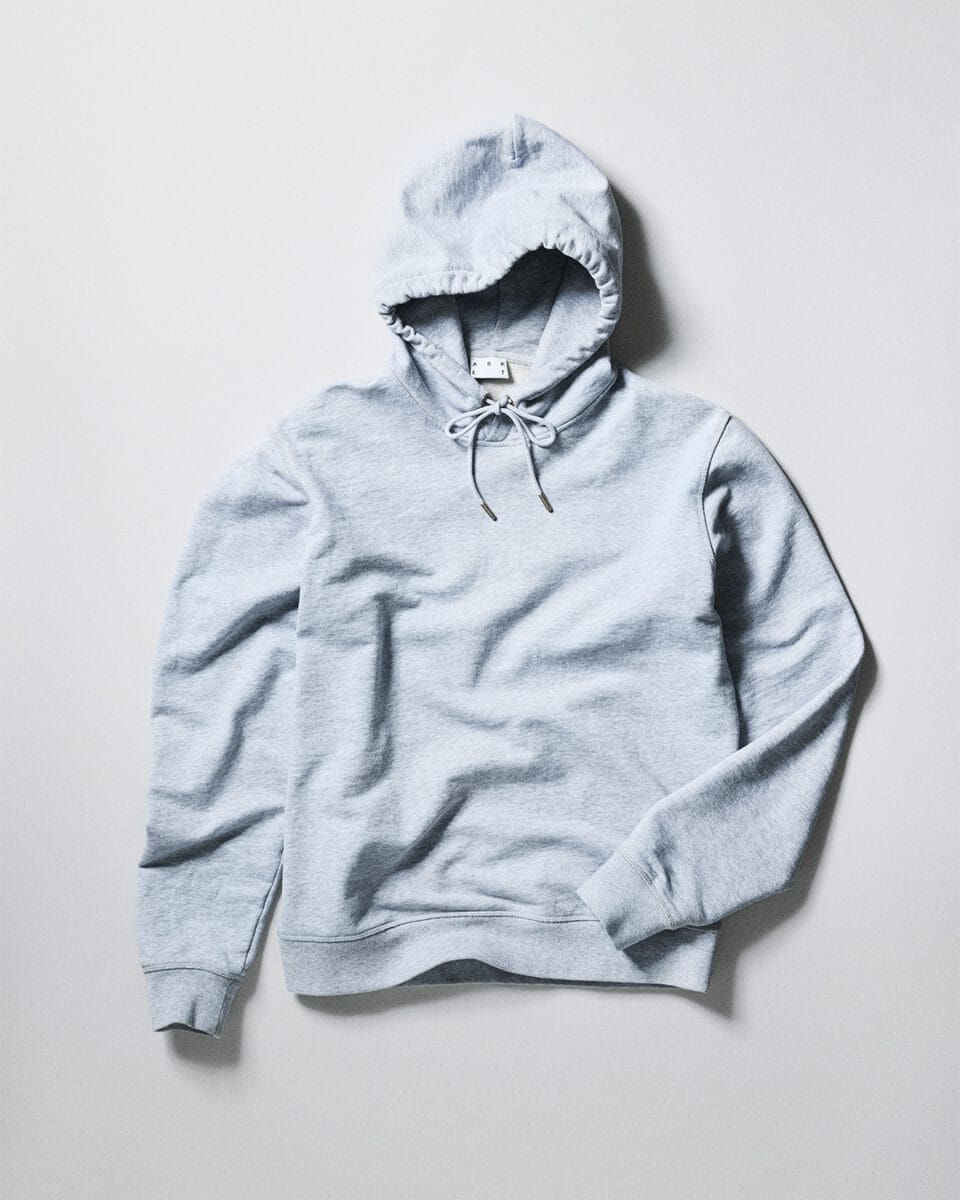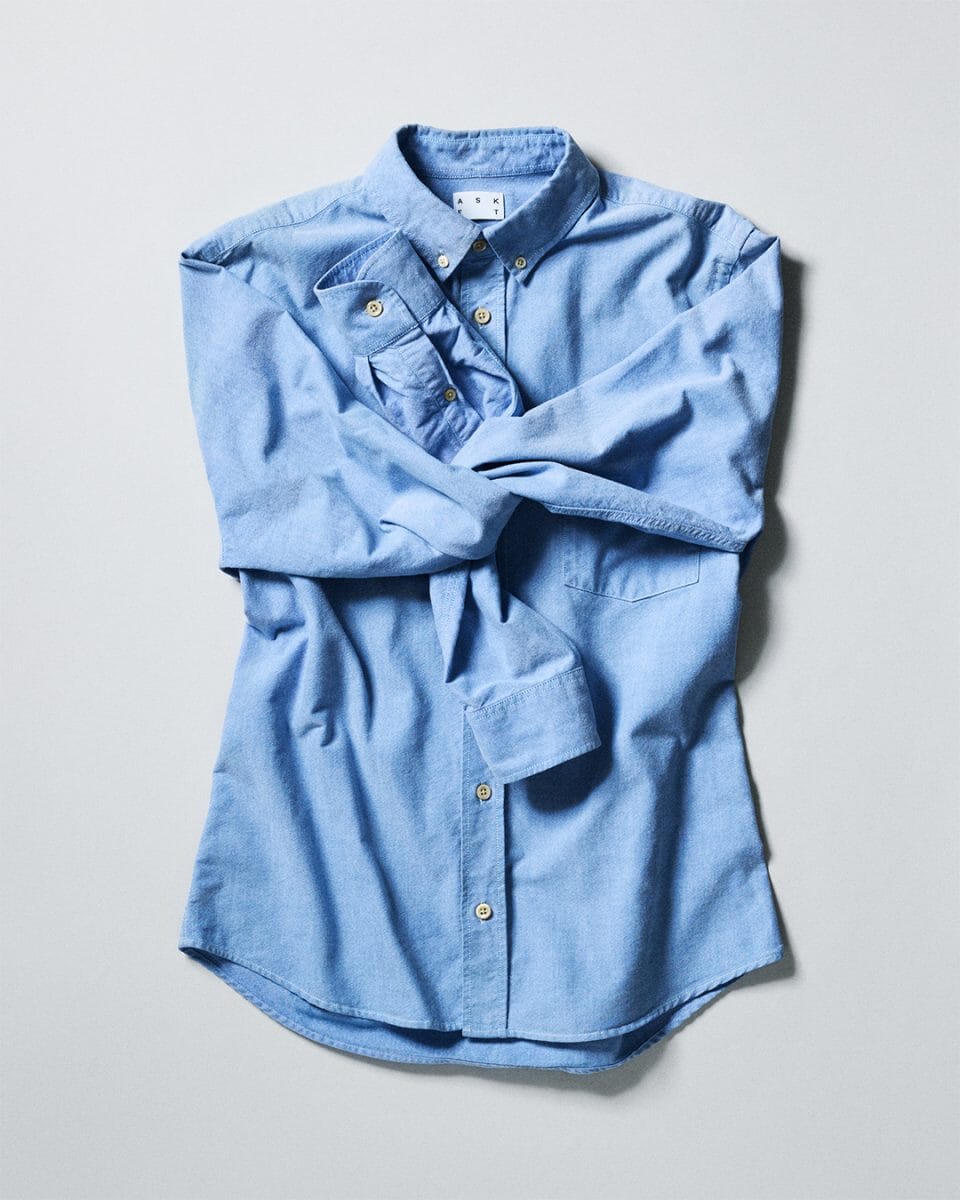How many clothes do you actually wear? Not own – wear. It’s a question most people don’t think about, but Swedish label ASKET's wardrobe experiment aims to answer it. Since March 2024, fifty men in Stockholm – including four ASKET employees – have been living with just eight garments. Two T-shirts, one Oxford shirt, a merino sweater, a cashmere sweater, a sweatshirt, a pair of jeans, and a pair of chinos. That’s it. The goal? To track exactly how long good clothes last – and what happens when you strip your wardrobe back to the bare essentials.
Each participant logs their outfits daily, records wash cycles, and rates the condition of each piece, building a dataset that offers a rare look at how clothes actually age. The findings so far are as revealing as they are predictable. Shock, horror! People don’t need as many clothes as they think. But what's even more interesting is that well-made garments last far longer than we’re led to believe. Yet another argument for choosing timeless investment pieces over fast fashion.



ASKET's wardrobe experiment: The figures
After 300 days, ASKET’s testers are wearing an average of 1.9 of their eight garments daily, with a total of 24,000 wears tracked. Some pieces have been washed a dozen times, others not at all. Even the most worn – a pair of jeans that’s clocked over 300 wears – still sits at 4/5 for condition. The only garments that have been truly ruined were victims of accidents: stains, rips, or the odd laundry disaster.
And then there’s the human factor. Despite having just eight garments in rotation, some participants are barely touching certain pieces. The Oxford shirt, for example, is gathering dust in some wardrobes, while the jeans are in constant rotation. If eight garments still leave some unworn, what does that say about the typical overflowing wardrobe? The experiment also highlights the simple truth that with so few clothes, details matter – the right fit, the right colour, the right fabric. Every piece in a minimalist wardrobe has to work, or it doesn’t get worn.



There’s still time to go before the final data is collected in March 2025, but the takeaway is already clear: most wardrobes could be cut in half without anyone noticing. The real question is whether people will ever be ready to let go.
Next up: How to build a minimalist capsule wardrobe.







